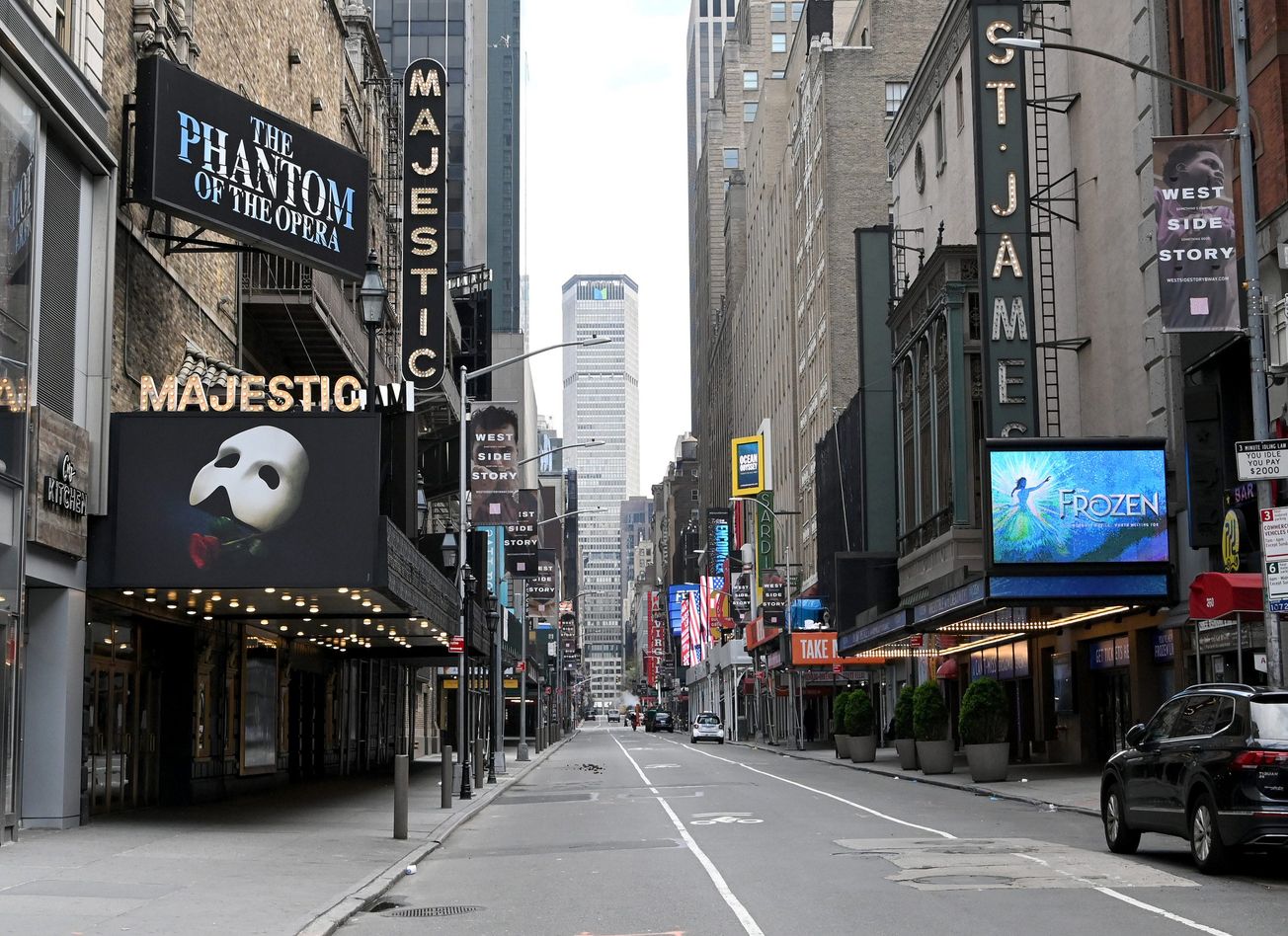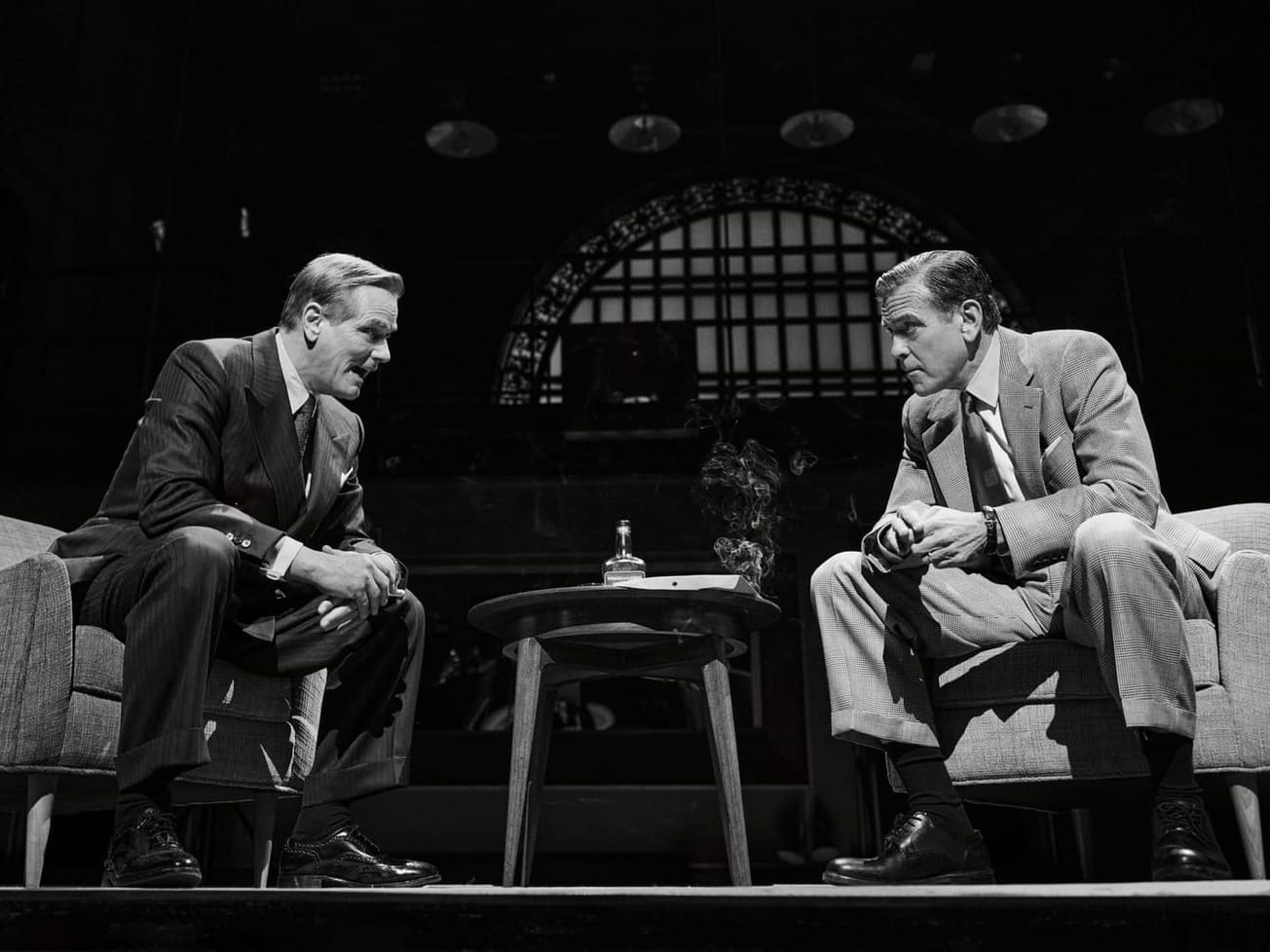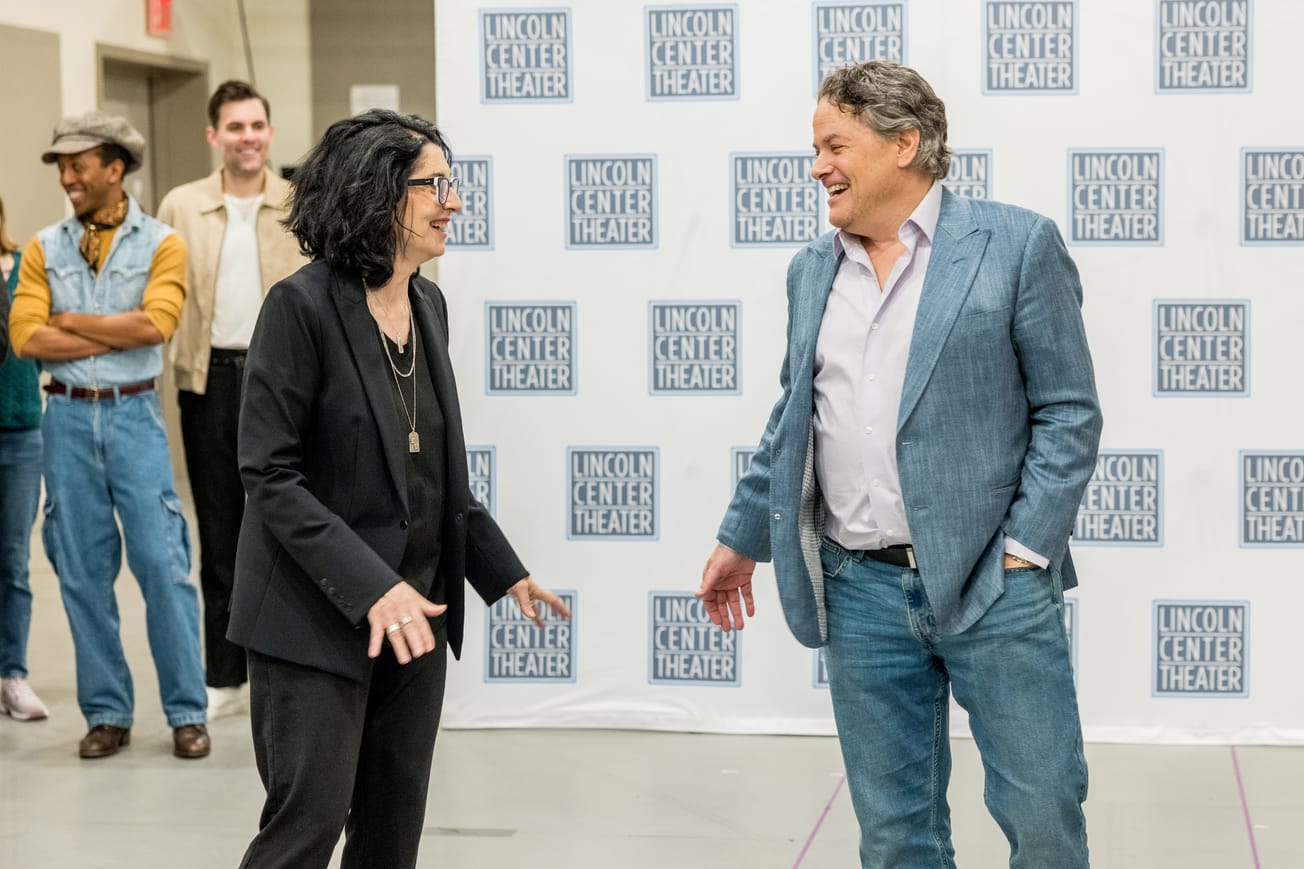As Broadway theaters remain dark, producers are still receiving weekly rent bills.
They’re not paying yet. The expectation is that producers will pay once they receive money from insurance claims, rather than on a weekly basis, according to people familiar with the matter.
However, as the suspension of Broadway shows continues, many producers are likely to hit their coverage limit, or the maximum amount payable under their insurance plan, putting future payments in question.
Producers are contractually obligated to pay rent. The bills prove to the insurance company that rent remains a required expense, which is a necessary step to receive any payment. These bills are for a weekly contractual minimum rent — which sources say can range from about $15,000 to $20,000, depending on the size of the theater — as opposed to typical theater rent payments, which include a share of the weekly box office grosses.
The theater owners carry insurance on the physical buildings, while production companies carry insurance on the shows themselves. The producer’s plan includes performance interruption or business interruption insurance, which covers contractually obligated expenses and lost income.
Once the insurance claims are submitted, the hope is theater owners receive some of the payout. Even though shows are not running, theater owners are paying utilities on the theaters, as well as property taxes, mortgages and the salaries of certain members of the building and operational staff.
Still, producers have their own expenses, which include salaries for any remaining members of the production staff and owed payments to other vendors. And as producers contend with weeks of lost income, they are eyeing the future costs of rehearsing and remounting their shows whenever Broadway is able to return.
Each producer has his or her own nuanced relationship with their theater owner — the major three being the Shubert Organization, the Nederlander Organization and Jujamcyn Theaters — which can play into the current game plan and the eventual outcome. However, most are operating on the belief that this will be amicably resolved, as producers want to keep their theaters and theater owners will need productions in place when Broadway returns.
“We are very sensitive to the fact that everyone involved in the production has very real costs and expenses, including the theater owners, and we are all working together to come up with the best way forward,” said Mara Isaacs, lead producer of “Hadestown.”
The Broadway League declined to comment on the matter.
Peter Shoemaker, managing director of Dewitt Stern Entertainment, an insurance brokerage firm that works with the majority of Broadway shows, said the insurance companies he works with have been covering the claims filed by Broadway shows as a result of the COVID-19 pandemic.
About 10 to 15 of his Broadway clients have already received some form of payment, Shoemaker said, with the acknowledgment that some financial aspects of the claim cannot yet be determined due to the ongoing nature of the situation. The rest of the claims remain in process.
The insurance determination process for Broadway shows can be difficult as insurers attempt to calculate lost income for shows that have not opened yet in addition to calculating the seasonal nature of grosses as well as the differing profit expectations for individual shows. On the expenses side, Shoemaker notes that insurers are obligated to attempt to mitigate payouts.
“I think they’re just trying to make it fair for everybody, if possible, and keep costs down if they can,” Shoemaker said.
Producers and general managers determine the size of the insurance policy for each show. Shoemaker says he begins the conversation with a quote based on the potential revenue for a production running at 75% capacity for eight weeks. The number is adjusted from there.
However, in setting these policies, neither the insurers nor the producers anticipated a total shutdown of the industry. And as Broadway theater closures continue, producers will likely max out their plans, pinning future prospects on some form of government relief or an arrangement to be determined between theater owners and Broadway shows.


























































